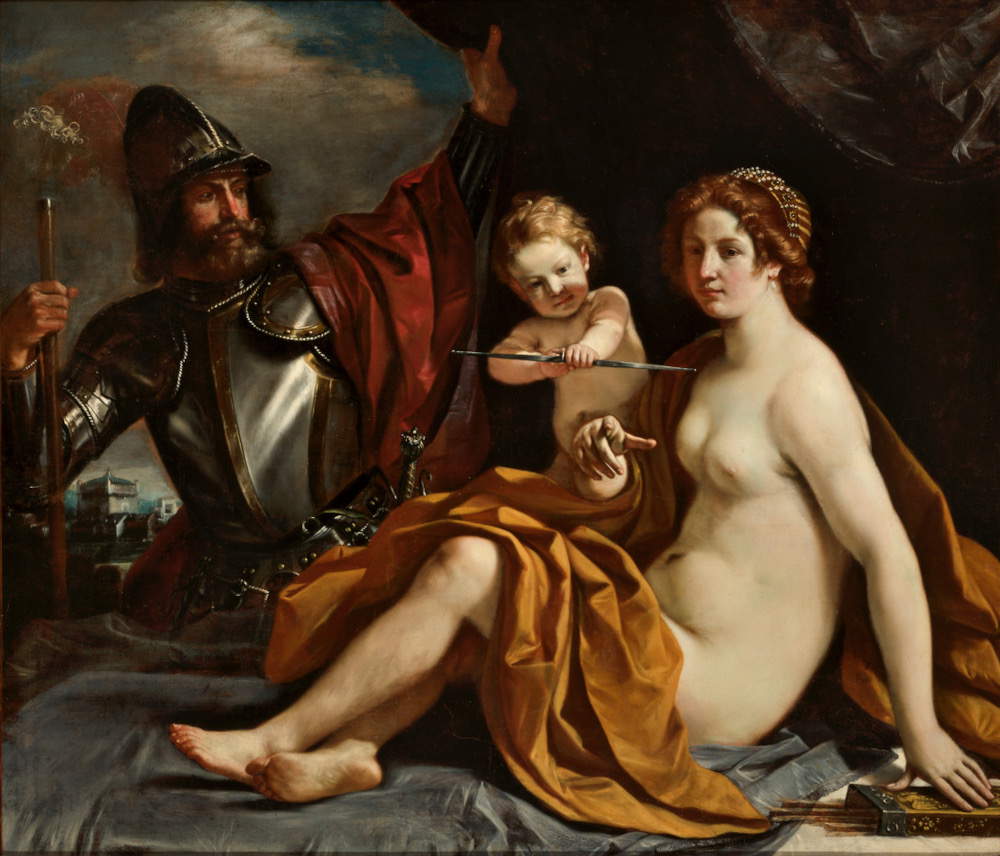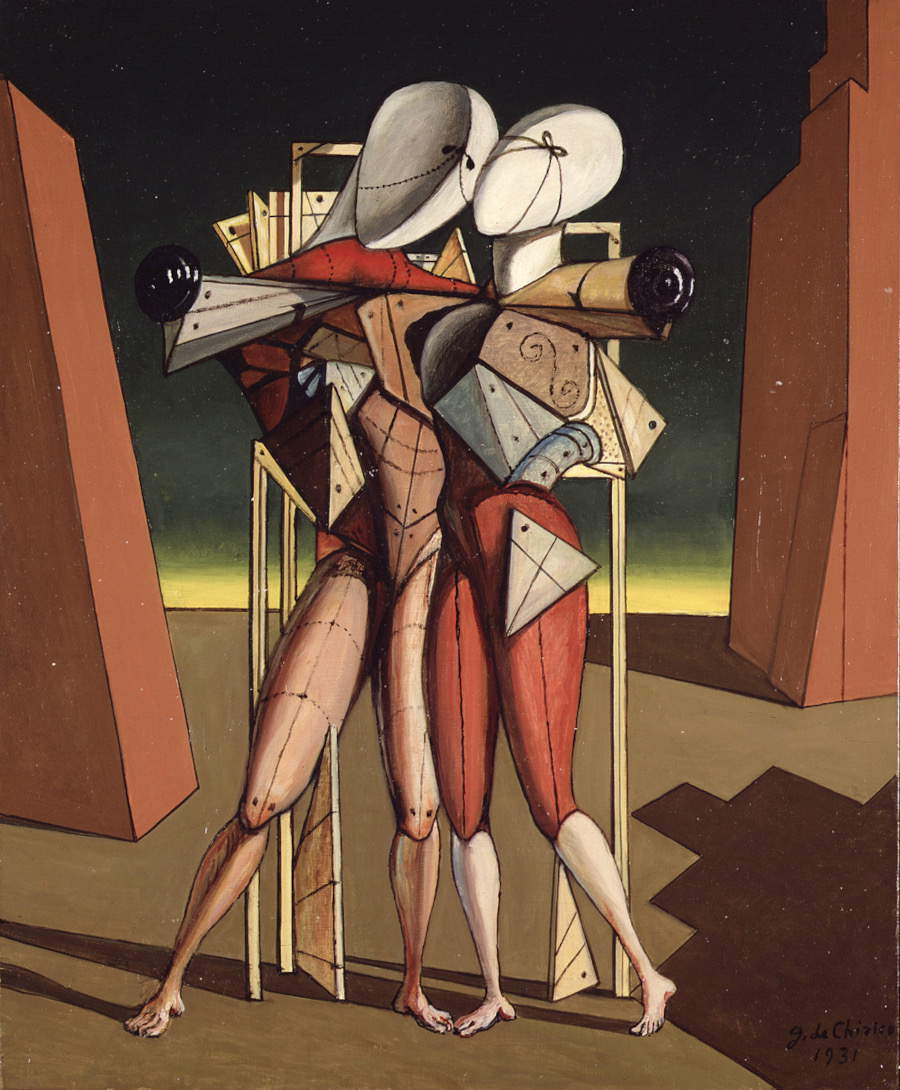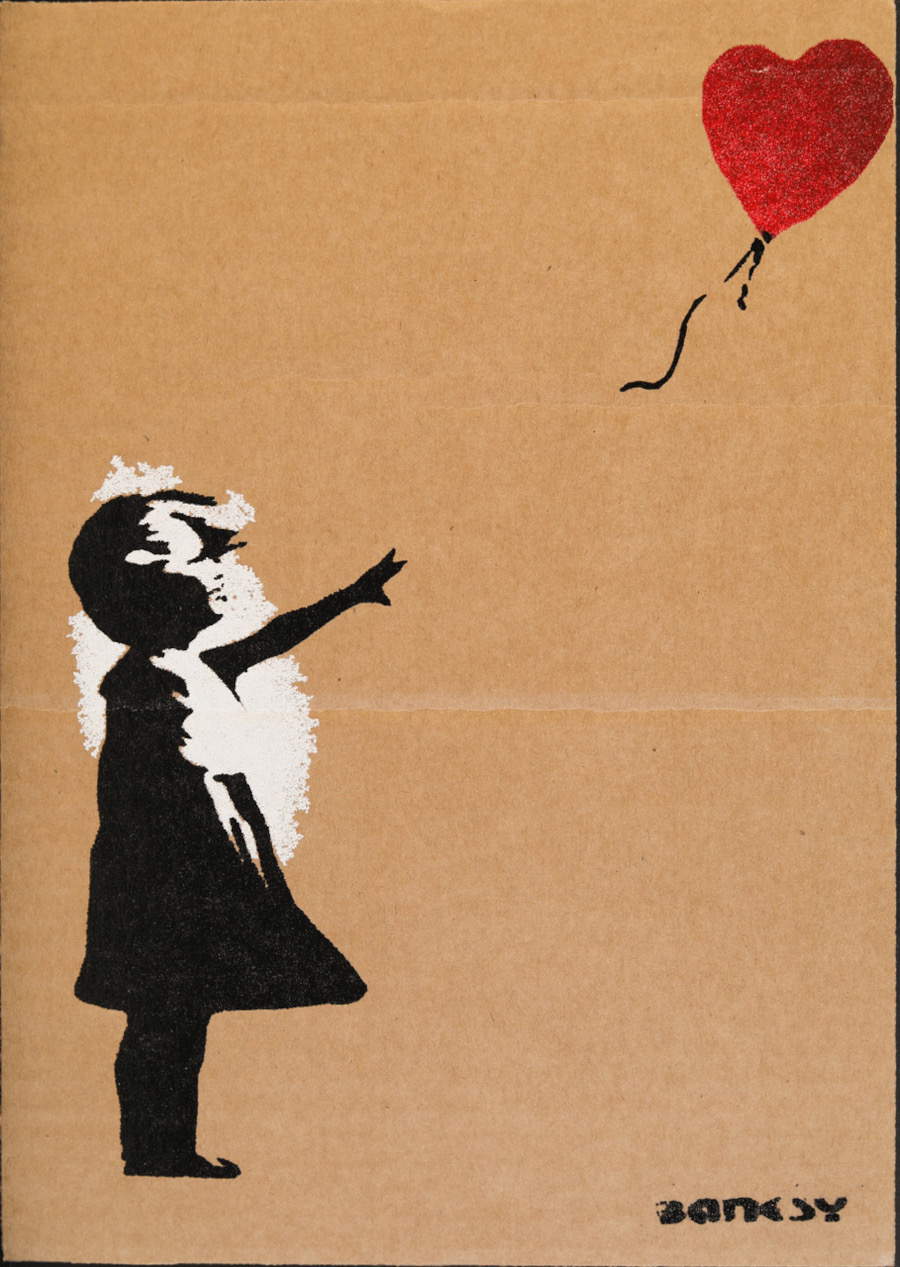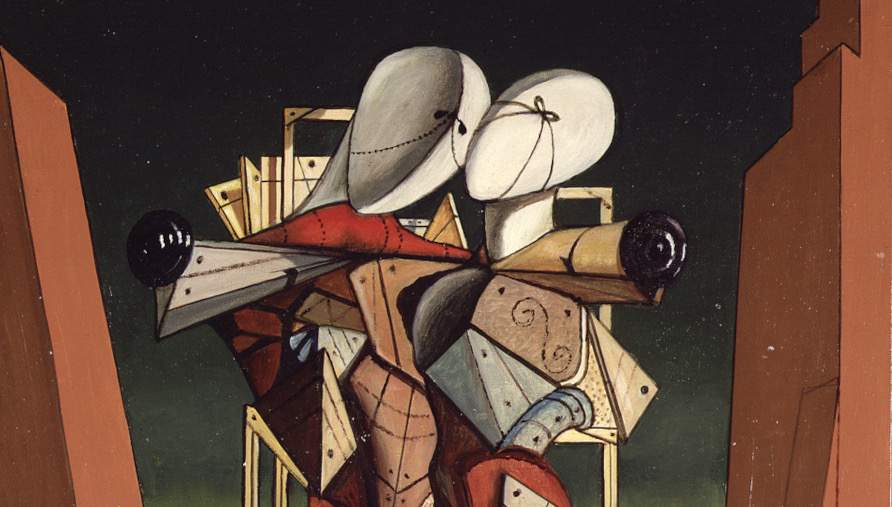From December 7, 2023 to April 7, 2024, the Fondazione Cassa di Risparmio di Terni e Narni presents in the exhibition spaces of Palazzo Montani Leoni in Terni the exhibition Amarsi. Love in Art from Titian to Banksy, curated by Costantino D’Orazio with the co-curatorship and direction of Anna Ciccarelli and with the collaboration of Federica Zalabra. The exhibition aims to investigate the iconography of Love throughout history, from antiquity to the 21st century. Conceived as a tribute to St. Valentine, patron saint of lovers and patron of Terni, the exhibition aims to bring together the best-known iconographies dedicated to the feeling that has most inspired artists over the centuries: from Greek and Roman mythology, through the icons of medieval spiritual love, to the recovery of the ancient in the Renaissance era, its transformation in the Baroque and the nostalgic gaze in the nineteenth century, Love has been able to rely on a series of images and stories that only in the twentieth century began to be questioned.
About forty works, including painting, sculpture and ceramics, will tell the story of Love in all its aspects.
It begins with a tribute to Saint Valentine, who appears in the painting attributed to Giambattista Volpato depicting Saint Valentine baptizing Saint Lucilla (Museo Civico, Bassano del Grappa), a copy of the great work by Jacopo Bassano. It continues by presenting the works in chronological order: in the archaeological section the two main protagonists of pagan Love, Venus and Cupid. In Terni come the Venus of Ocriticum (National Archaeological Museum of Abruzzo, Chieti) and two splendid ceramics in which Eros twirls courting a female figure in a mirror (Sicily Foundation).
There are numerous depictions of Madonnas with Child that run throughout Europe: the Umbrian school of Pinturicchio will be represented in the exhibition with the Madonna and Child from the Perugia Foundation, which is compared with the refined historiated wedding chest front on loan from the National Gallery of Umbria in Perugia and a delicate and intimate Virgin and Child in Raphaelesque style. Then there are the more sensual and provocative conceived by some of the greatest masters of the 16th century, such as Dosso Dossi, on view with the painting Psyche Abandoned by Cupid (Unicredit Banca), and Tintoretto, from whose Venetian workshop emerges an elegant depiction of Venus with the Three Graces (Museo Nazionale di Capodimonte, on deposit at the Chamber of Deputies), a hymn to Love inspired by the harmony of Nature, to the Flemish Frans Floris, who depicts a rare embrace between Adam and Eve as the Original Sin is consummated (Uffizi Galleries).
In the seventeenth century, artists drew even more deeply and experimentally on the events narrated in antiquity, drawing inspiration especially from Ovid’s Metamorphoses, for centuries the reference text for the iconography of feelings. As witnessed by Cavalier d’Arpino’s Diana and Callisto (BNL) or Guido Reni’sAllegory of Rejected Love (Pinacoteca Capitolina, Rome), recently attributed, which in the exhibition anticipate the appeal of Guercino’s extraordinary masterpiece Cupid, Venus and Mars, arriving from the Galleria Estense in Modena.
The Caravaggesque references of Giovan Giacomo Sementi’sAmor vincit omnia (CARISBO Foundation), Domenico Fiasella’s Venus and Adonis (Crédit Agricole), and the scene in which Vulcan manufactures Cupid’s arrows by Alessandro Tiarini (Fondazione Cassa di Risparmio di Reggio Emilia). The finest Baroque painting is represented by a reported fresco by Guercino in which Cupid attracts the attention of Venus (Accademia di San Luca), by a tender sleeping Cupid painted on canvas by Guido Reni (Corsini Gallery, on deposit at the Chamber of Deputies), in which the boyish nature of the most impertinent and unpredictable deity of Olympus emerges.
Neoclassical rigor transforms Amore into a quieter, more balanced character, as appears in Antonio Canova’s canvases, in which Venus and Cupid exchange tender gestures of affection, such as those between a mother and child (Museo Canova, Busseto). These are some of the last mythological scenes in the exhibition, which with the 19th century plunges into the romantic imagery of Francesco Hayez, with whom Love becomes a sentiment intertwined with the patriotic instances of the Risorgimento. This is what happens in the famous Kiss, whose watercolor sketch (Pinacoteca Ambrosiana) and study of the Sicilian Vespers (BNL) will be on display in Terni, in which Love inspires gestures of great civic commitment to freedom.
In the last part of the exhibition, dedicated to the 20th and 21st centuries, all the principles of Love recounted earlier are questioned. From the questioning gaze of Giacomo Balla’s wife, portrayed by her husband in Doubt (Galleria Comunale d’Arte Moderna, Rome) to the farewell embrace of two enigmatic mannequins that Giorgio De Chirico identifies as Hector and Andromache (Galleria Nazionale d’Arte Moderna e Contemporanea), the twentieth century drags Love into an increasingly problematic dimension, reflecting in this sentiment, too, the anxieties of the age. Not even the heroic stride of Osvaldo Licini’s Rebel Angel on a Yellow Background (Museo del Novecento, Milan) is enough to restore a more sweet of this feeling, which Mario Schifano represents in the ringing colors of hearts produced by the footsteps of a modern Pegasus, Alberto Burri investigates by proposing a series of erotic signs dedicated to Sappho, while Bansky entrusts to the helpless gaze of a little girl from whom the wind has stolen a heart-shaped balloon(Balloon Girl, Fondazione Carit art collection).
The exhibition will be accompanied by a catalog published by De Luca Editore with texts by Stefania Auci, Anna Ciccarelli, Costantino D’Orazio, Angelo Mellone and Federica Zalabra.
The design of the exhibition layout was handled by Studio Sciveres Guarini.
Hours: Tuesday and Wednesday from 3:30 to 7:30 p.m.; Thursday through Sunday from 9 a.m. to 1 p.m. and 3:30 to 7:30 p.m.
Free admission.







 |
| An exhibition in Terni on Love in art, from Titian to Banksy |
Warning: the translation into English of the original Italian article was created using automatic tools. We undertake to review all articles, but we do not guarantee the total absence of inaccuracies in the translation due to the program. You can find the original by clicking on the ITA button. If you find any mistake,please contact us.